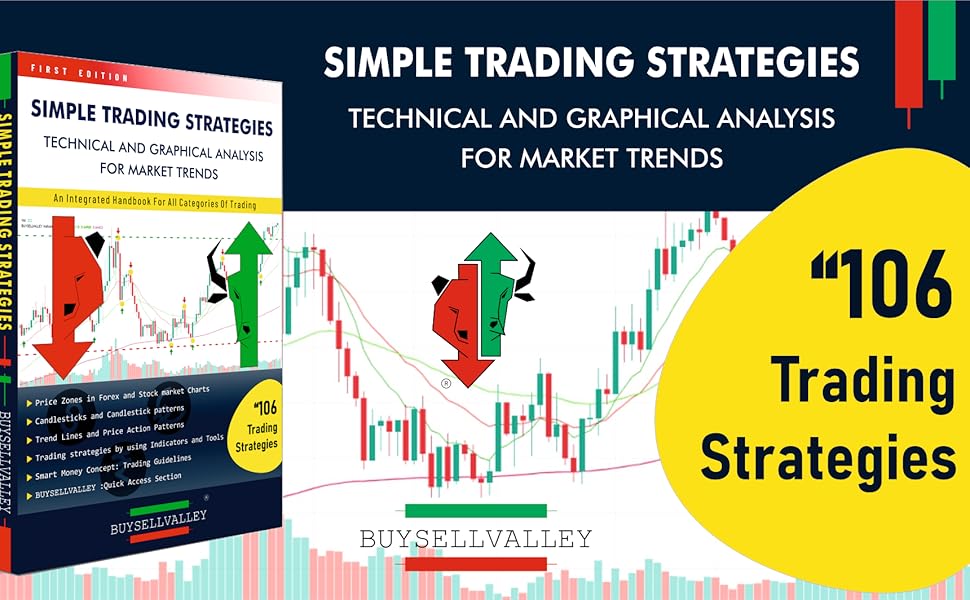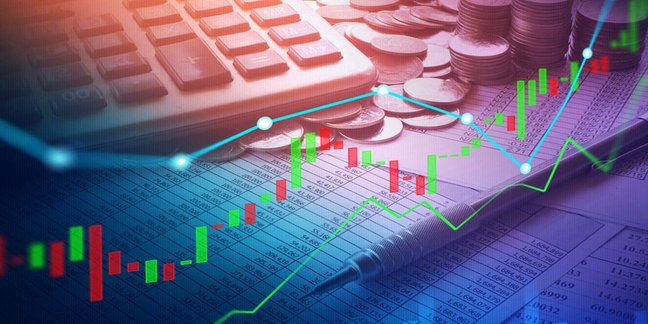
Technical analysis remains a cornerstone of modern forex trading, offering a robust framework for forecasting market movements and enabling traders to make informed decisions. As the forex market continues to evolve, the integration of technical analysis tools has become indispensable for navigating the dynamic landscape of currency trading. This article delves into the application of technical analysis within the forex market, shedding light on its methodologies, significance, and the tools that traders leverage to gain a competitive edge.

Understanding Technical Analysis
Technical analysis involves the study of historical market data, primarily price and volume, to predict future price movements. This methodology hinges on the belief that all relevant information is reflected in the price, and that past trading activity can provide insights into future behavior. In the forex realm, technical analysis is particularly advantageous due to the market's high liquidity and around-the-clock trading hours.
One of the primary tools in technical analysis is the price chart, which offers a visual representation of exchange rate performance. Analysts utilize various chart types, including line, bar, and candlestick charts, to identify patterns and trends. Patterns such as head and shoulders, double tops and bottoms, and continuation flags are commonly scrutinized for signals of potential price movements.
Key Tools and Indicators
Several technical indicators are instrumental in forex trading. The stochastic oscillator, for instance, is a momentum indicator that compares a particular closing price to a range of prices over a certain period. It helps traders identify overbought or oversold conditions, enabling them to anticipate potential reversals. A reading below 20 on the stochastic scale typically signals an oversold market, while a reading above 80 indicates an overbought scenario.
Support and resistance levels are also critical components of technical analysis. Support refers to a price level where a downtrend can be expected to pause due to a concentration of demand, while resistance is a level where a rising trend may halt due to selling pressure. These levels are pivotal for traders as they set entry and exit points for transactions.
Moreover, moving averages are employed to smooth out price data, providing a clearer view of price trends. The moving average convergence divergence (MACD) is a trend-following momentum indicator that shows the relationship between two moving averages of a security’s price, aiding in the identification of bullish and bearish momentum.
The Role of the OTC Market
The forex market operates predominantly over-the-counter (OTC), where currency exchanges occur directly between parties. This decentralized nature allows for significant liquidity and flexibility in trading, making technical analysis a valuable tool for interpreting the market's nuances. According to Nomefy, the OTC market is the most efficient and frequently traded segment, providing insights into price patterns and the broader outlook of currency pairs.
In April 2019, the total daily trading volume in the forex market was estimated at $6.6 trillion, highlighting its vast scale and the potential for technical analysis to offer critical insights into these extensive transactions.
Real-World Application
Forex traders worldwide apply technical analysis to make strategic decisions. For instance, a real-time analysis by ForexLive highlights how traders utilize technical charts to gauge the direction of pairs like EUR/USD, which is among the most traded pairs globally. The methodologies extend beyond single currency pairs, with systems like ForexRova by Avenix Fzco offering customizable strategies that adjust to market conditions, as reported by GlobeNewswire.

Expert Insights
Bertha Bangara-Chikadza, President of the Economics Association of Malawi, provides a cautionary perspective on relying solely on technical analysis. In an interview with MWNation, she noted, "While technical analysis offers valuable insights, it should be complemented by a broader understanding of economic fundamentals, especially in markets susceptible to government interventions."
This view is echoed by traders using platforms like NinjaTrader, which emphasizes the integration of technical analysis with fundamental and sentiment analysis to refine trading strategies.
Conclusion
Technical analysis remains an essential tool in the arsenal of forex traders, enabling them to decode market movements and make informed trading decisions. By leveraging historical data, charts, and indicators, traders can anticipate market behavior and strategically navigate the complexities of the forex market. However, as the market continues to evolve, the integration of technical analysis with other analytical methodologies will be critical in maintaining a comprehensive trading approach.
In a market where billions are exchanged daily, the ability to predict market movements through technical analysis not only enhances trading success but also underscores the importance of informed decision-making in the world's largest financial marketplace.